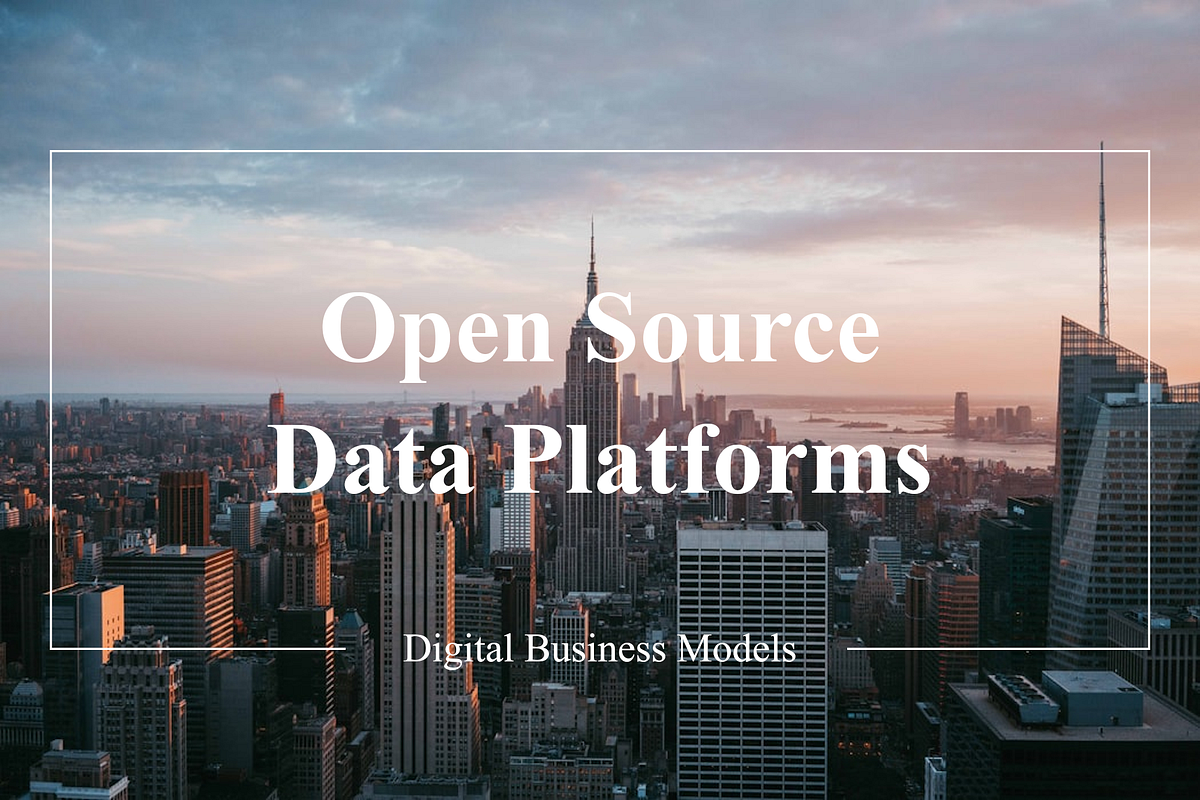The amount and characteristics of the data that are being generated are exploding. Automatically collected data from sensors, machines, and devices map out how people interact and what their behaviors are. Governments, institutions, and companies are more and more making their data available for free. The key motivation for open data is to increase the transparency of decision-making but for sure to economic value. This might not be a direct revenue stream as an equivalent to the data but rather indirect revenue which correlates to the provided data. The recent digital transformation supports the generation of data but also empowers the data to be processed in real-time. Even smartphones, for example, have nowadays enough power to process diverse geolocation data and provide navigation services. The recent need for transparency as well as the recent evolvement of open data will lead us to a data economy where humans and machines will share data on a large scale.
Open Source Pattern
Since 1998, open-source has increased popularity and become a de-facto standard for software development. Famous companies have shown that it is a viable business model to make source code available for modification and redistribution. Gassmann et al. (Link) list IBM’s strategy for its operation system Linux as such an example. The Open Source pattern can be applied to any technology product. Besides, programming code, corporate data, research data, crowdsourced data, and government data are on the open-source agenda. The growing value of open-source is fast innovation which can be ensured through collaboration and knowledge sharing. Money is typically not directly related to the data, but the data is monetized subsequently with different bundles, consulting or support services, or cost-saving effects that are complimentary. A famous example is Wikipedia that is providing the biggest open-source database for information and articles where everyone can contribute.
Smart Data Economy
A smart data economy represents the state where smart devices and machines are widely spread and generate huge volumes of data. Based on the connection between the devices they can share data between each other and trigger services that rely on this data. The interconnection between the devices and machines is ensured through standardized APIs and other data exchange methods. Open data is the new oil of our smart economy. There are several criteria which help to define open data:
Accessibility: Data is made available through existing technology like the internet protocol where a broad community has already access.
Machine-readability: For data to be processed automatically it must be machine-readable. Standards and markup languages help to ensure that machines can work with the data.
Cost: The data is offered at no cost or exceptionally ensures affordable prices which justify the transfer fees or similar.
Rights: The license of the data must guarantee that no contract or other restrictions limit the value of the data.
We can recognize that different scopes of openness are restricted by the accessibility, machine-readability, cost, or rights of the data. One example which can be listed is that proprietary formats are machine-readability but are not supported widely.
#innovation #data-science #business #business-strategy #platform #data analysis
